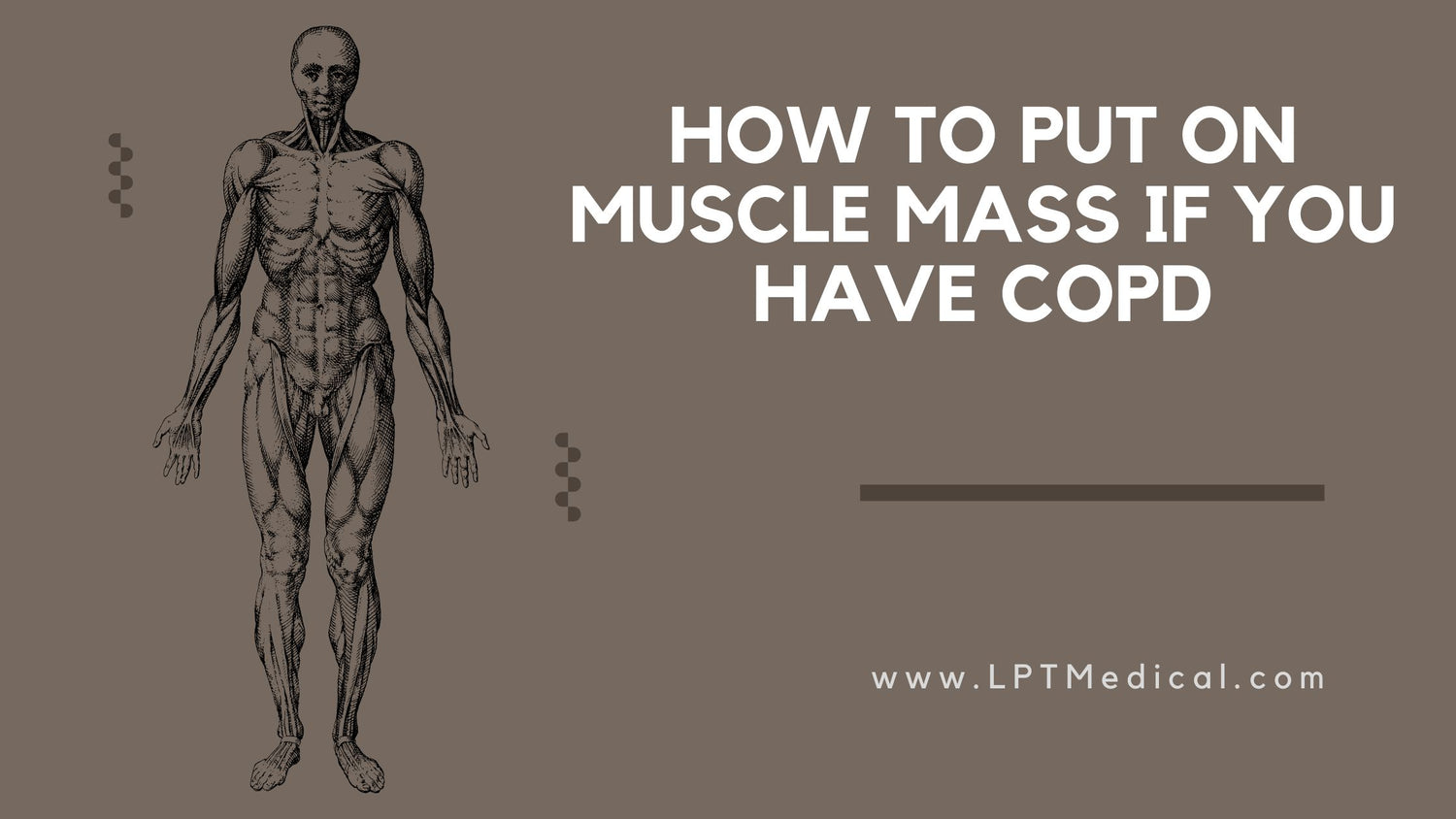Respiratory Resource Center - LPT Medical
Simplify Shopping and Cooking with These 27 Tips and Tricks
If you have COPD, then you know that...
Read MoreHow to Put on Muscle Mass If You Have COPD
Maintaining a healthy amount muscle mass is a constant...
Read More12 Ways to Sustain your Vitality: Bones, Heart, and Lungs
Changes are occurring within us, both physically and...
Read More


